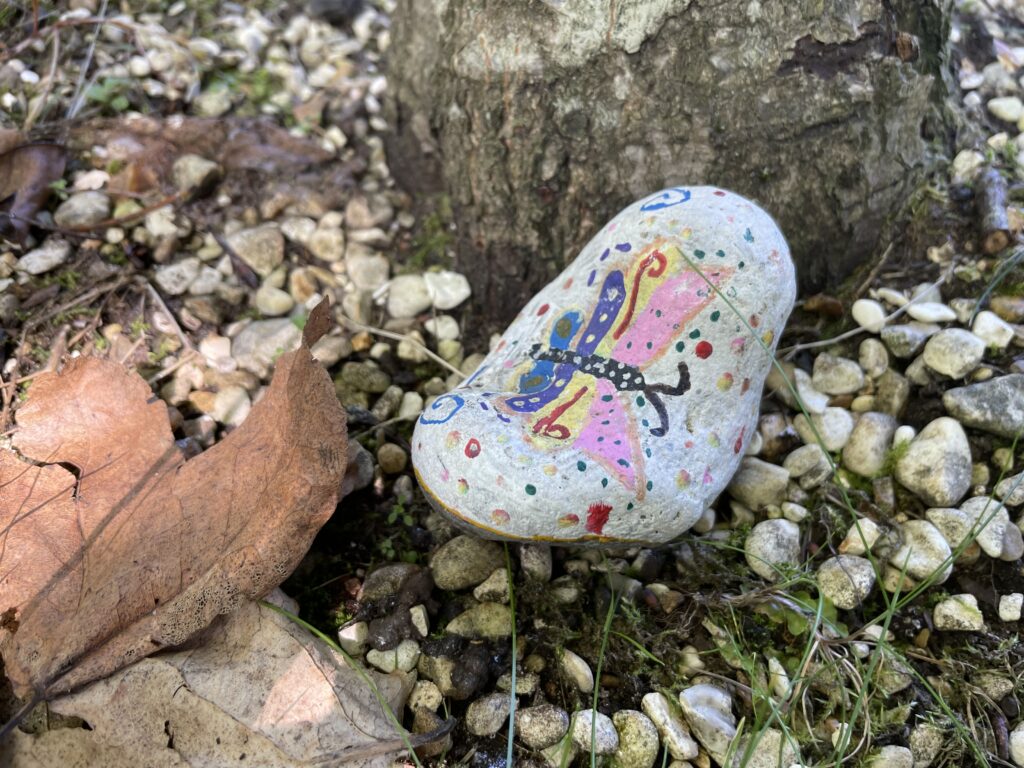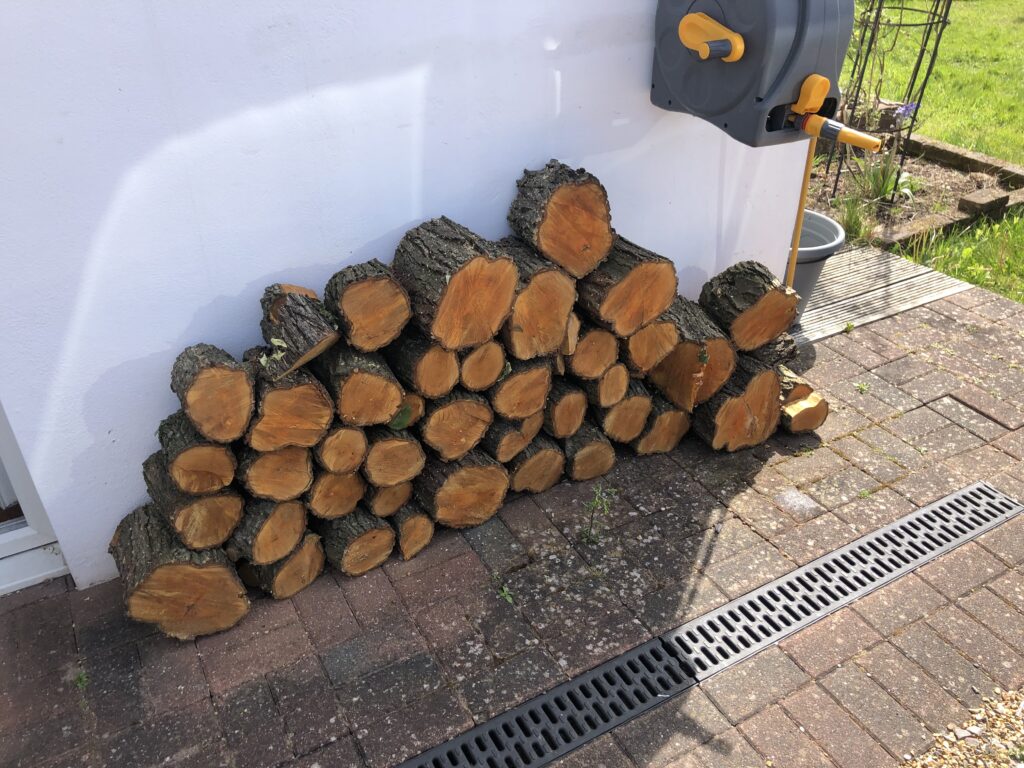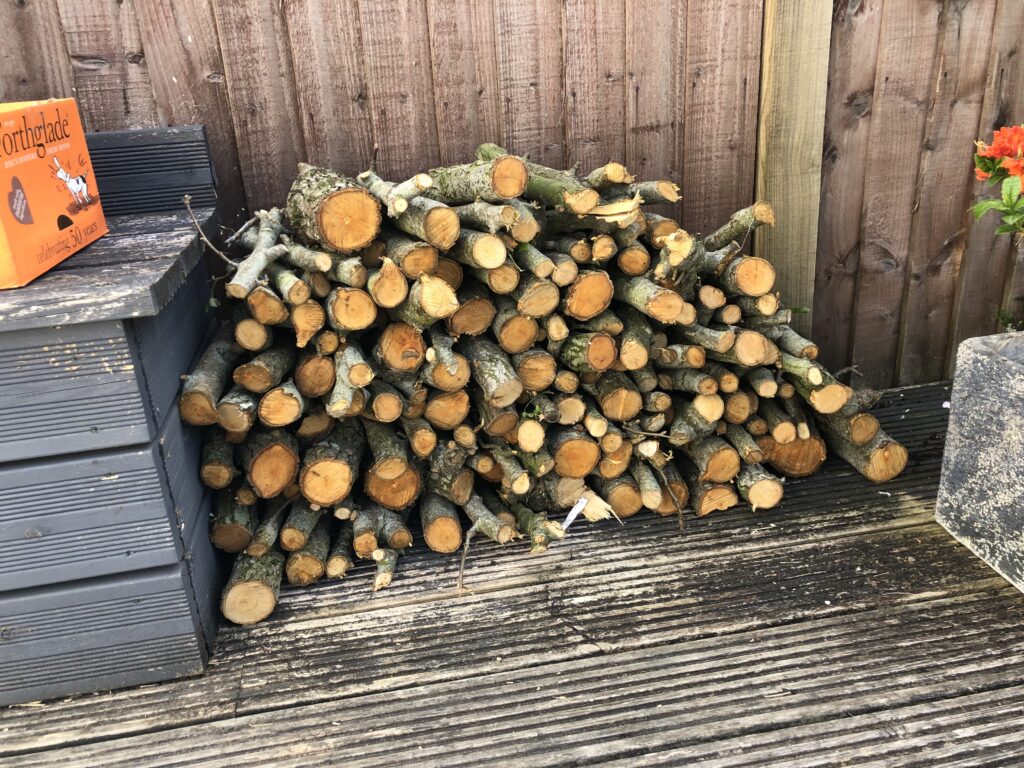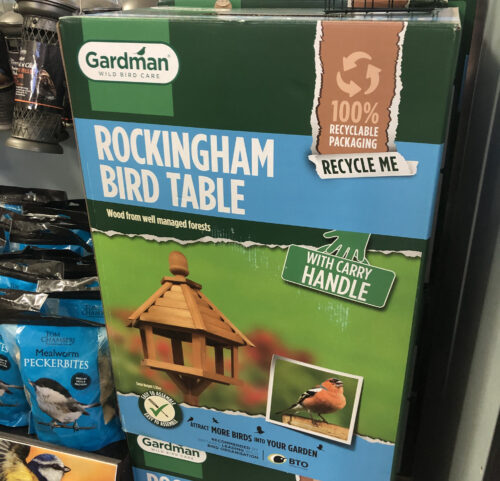A long time ago, Ian had a mild obsession with the letter Q, and specifically the way that the letter Q is little used and frequently overlooked. His short-lived website in the early 2000s had an entire page celebrating it.
If you were looking for the fruit equivalent of the letter Q – something obscure, overlooked, probably not very useful – then you need look no further than the quince. It even has a name beginning with a Q.
For reasons known only to themselves, the people who renovated our house about 15 years ago decided that the back garden needed a quince tree. Now, every autumn, we receive a harvest of quinces, which are all ready all at once and so have to be either used or thrown away within a very short period.
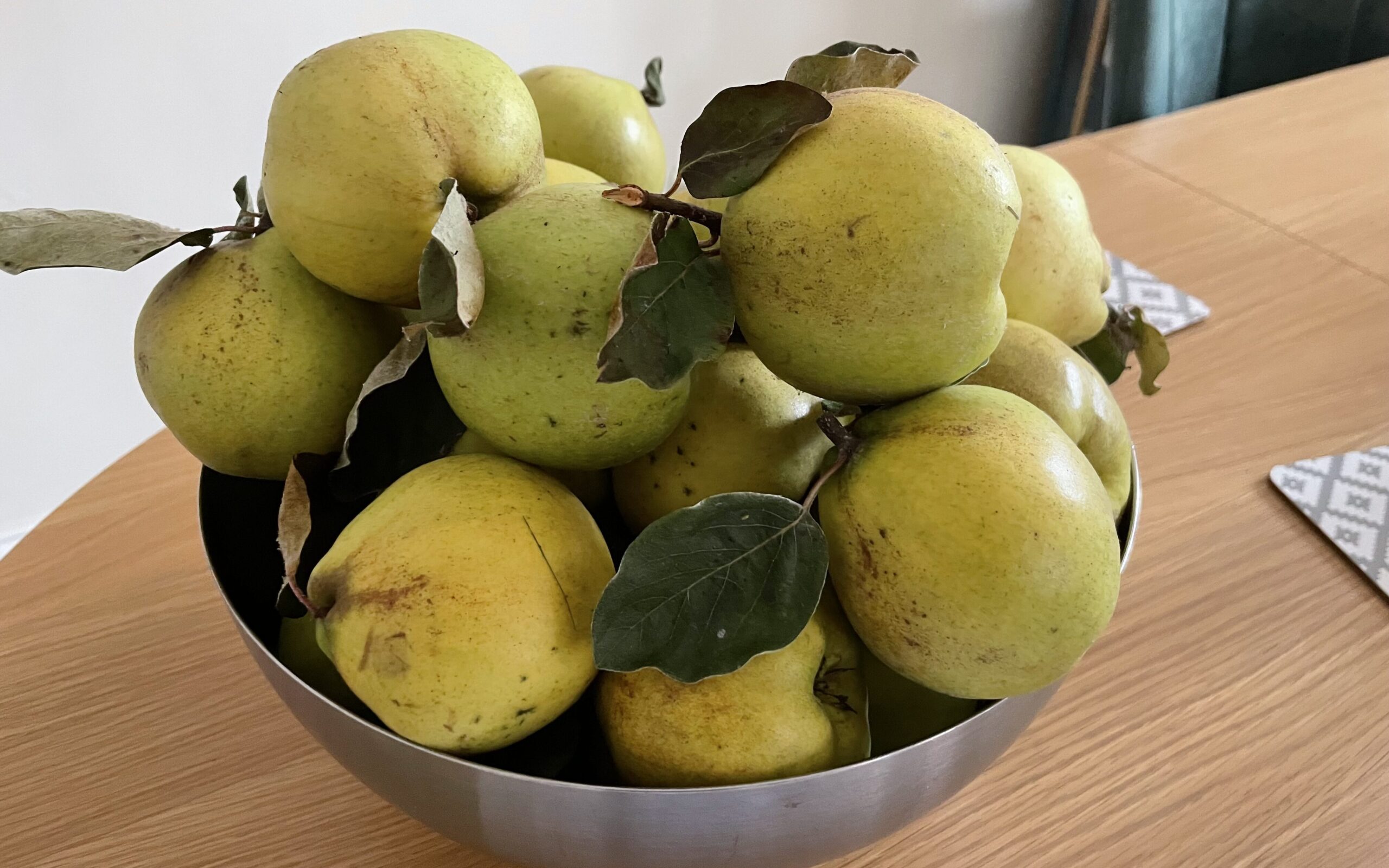
Unfortunately there’s not much you can do with quinces. They were very popular hundreds of years ago, when modern fruits like apples, oranges and bananas had yet to arrive in England. If you were, say, Henry VIII, you would have eaten a lot of quince because there wouldn’t have been much else around. Today you probably wouldn’t bother and they are one of the most useless fruit trees you could possibly plant. (The other fairly useless old-fashioned fruit is a damson, and they planted one of those in our back garden too. This year, for the first time, we got one single damson fruit off it.)
If you’ve never encountered a quince before, here are the essentials:
- Looks a bit like a big cooking apple, with yellowy green skin
- Absolutely inedible unless cooked, ideally for quite a long time
- Flesh is white when raw but turns bright pink when cooked
- Texture is grainy, like a pear, but even grainier than that
- Flavour is quite mild, a bit appley, and a bit peary
The list of things you can do with a quince is not very long. You can use it as a substitute anywhere you would cook an apple – so you can use one instead of an apple in a pie or a crumble, but you have to cook it first. You can bake one into a cake if you have one of a very small number of cake recipes that call for one, but you have to cook it first. Or you can boil it down over the course of about a month to make quince jelly, which is quite nice with cheese. Failing that you can leave it in the kitchen while you try to work out what to do with it all, until a time when it goes off, at which point you can put it on the compost heap.
This is the last year that we will be cooking a small amount of quince and throwing the rest on the compost heap, since the tree has now been cut down. Farewell, tree – and thanks for all the quince.

